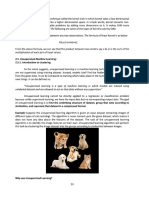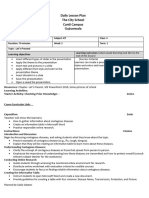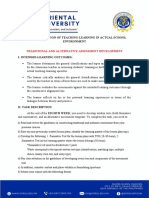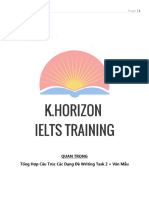0% found this document useful (0 votes)
4 views44 pagesWeek 11 - Unsupervised Learning
The document provides an overview of unsupervised learning concepts, including clustering techniques like K-Means and hierarchical clustering. It discusses the advantages and disadvantages of unsupervised learning, applications in various fields, and the process of image reduction using Mini-Batch K-Means. Additionally, it covers the creation and reading of pickle files for model storage and usage.
Uploaded by
beheredipakshCopyright
© © All Rights Reserved
We take content rights seriously. If you suspect this is your content, claim it here.
Available Formats
Download as PPTX, PDF, TXT or read online on Scribd
0% found this document useful (0 votes)
4 views44 pagesWeek 11 - Unsupervised Learning
The document provides an overview of unsupervised learning concepts, including clustering techniques like K-Means and hierarchical clustering. It discusses the advantages and disadvantages of unsupervised learning, applications in various fields, and the process of image reduction using Mini-Batch K-Means. Additionally, it covers the creation and reading of pickle files for model storage and usage.
Uploaded by
beheredipakshCopyright
© © All Rights Reserved
We take content rights seriously. If you suspect this is your content, claim it here.
Available Formats
Download as PPTX, PDF, TXT or read online on Scribd
/ 44

















































































